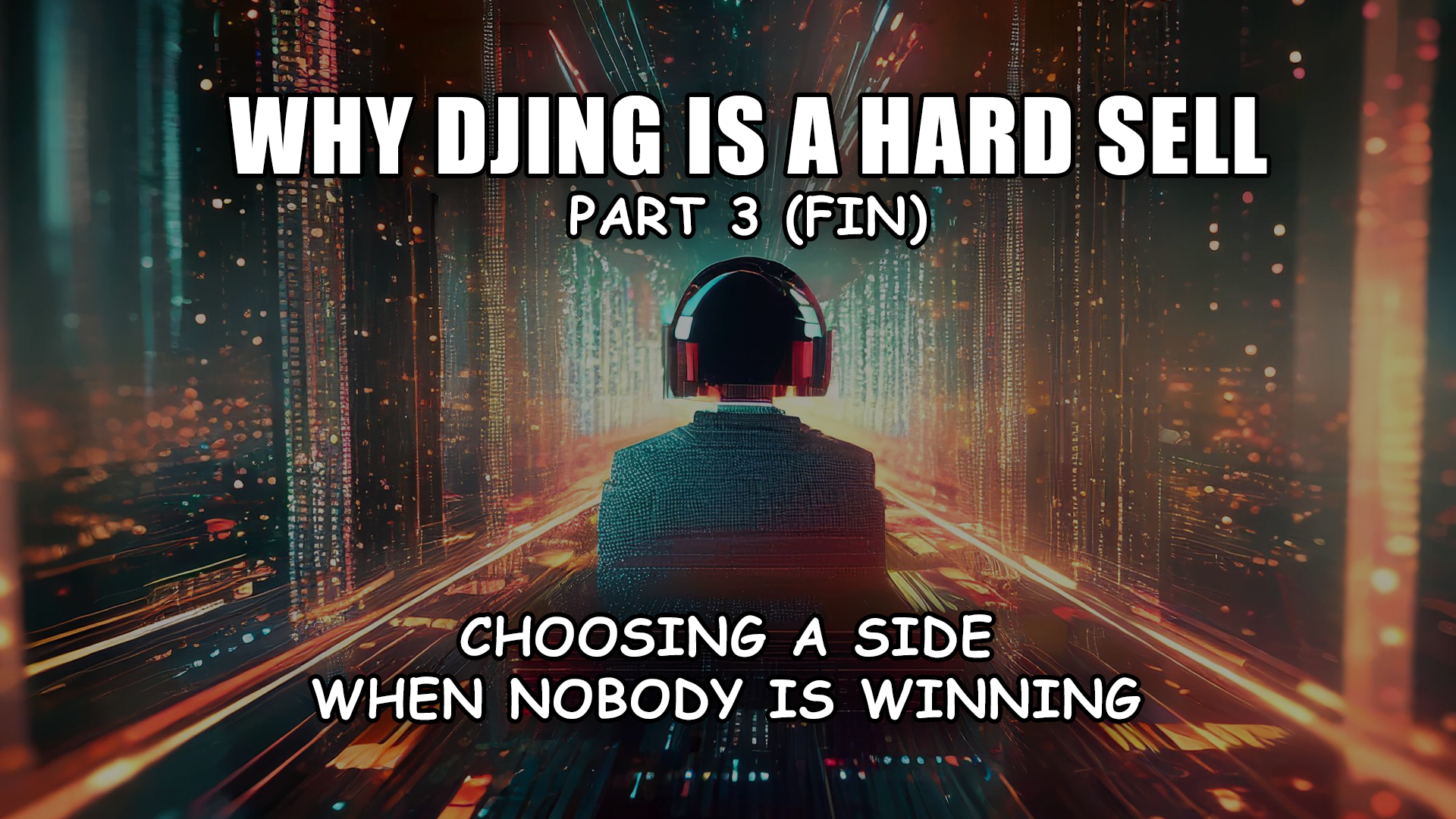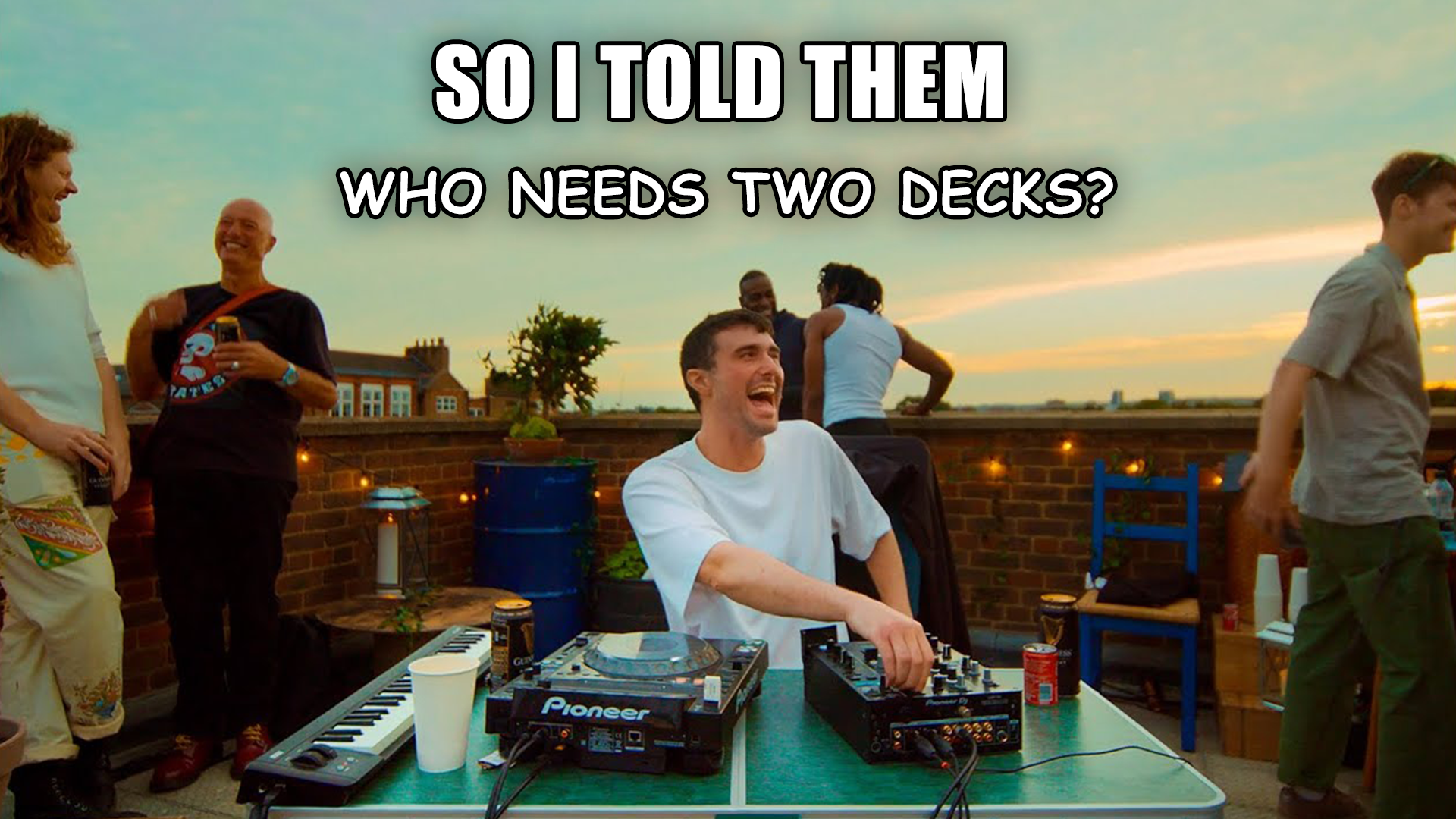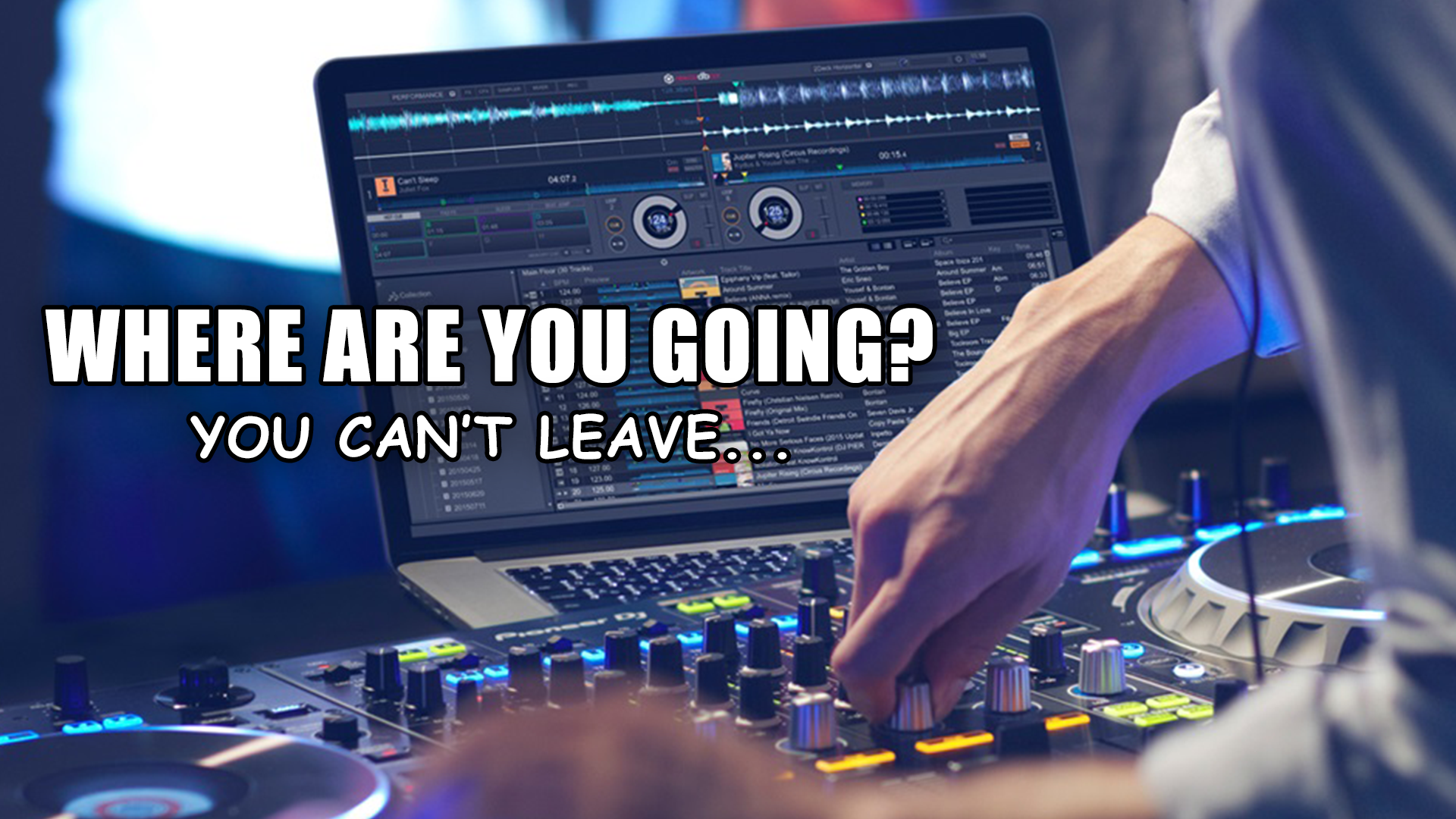This is the final, and by far longest part of this trilogy. The previous parts add context, and I won’t add an opening crawl to summarize them – if you haven’t read them, please consider starting at the beginning. Or jump back to part 2 if you’ve somehow skipped over that one.
Thank you, and enjoy! (damn, I missed this)
FOMO
Did you see the (at time of writing) new Algoriddim djay promo with Angelo? With that Neural Mix-enabled crossfader? Fantastic stuff. Very good, likeable guy with tons of cred and skills talking about this new thing he’s being paid to talk about, and seems to actually enjoy as well. Laidback Luke has been talking about it, too. Also a good, likeable guy with tons of cred and skills. Good people doing cool things using a bit of software that even runs on your phone (if you have the right phone) with a genuinely impressive feature set. Not gonna lie, djay has shown a lot of growth and looks pretty dope.
Development progresses at a steady pace, some level of hardware integration is present, and once they get an actual full-on hardware partnership going (Reloop seems like they’re ready to put a ring on it), Algoriddim is going to become a serious contender for sure. One could go as far as saying they already are, if you like to live on the edge.
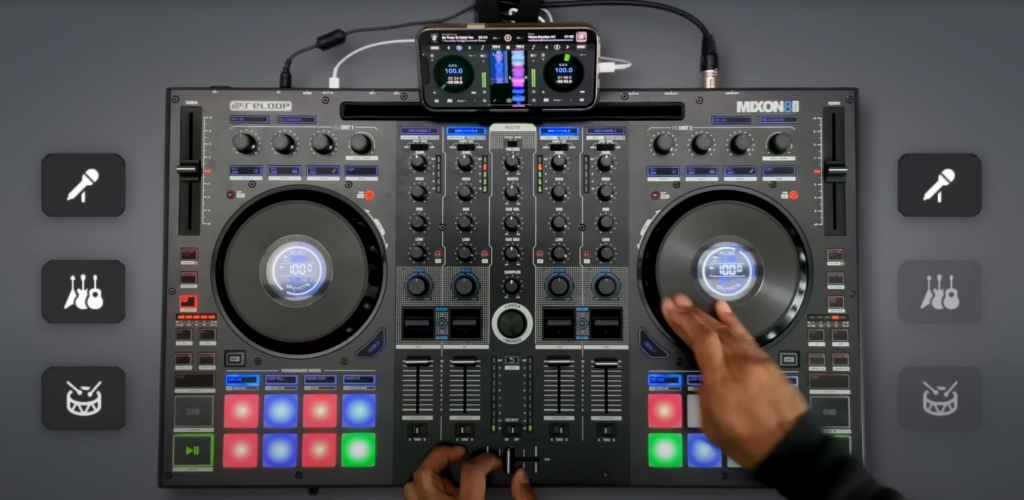
So, hey! When are you switching? Oh, not anytime soon? I guess those features won’t change the way you perform after all, will they? Thought so. You’re comfortable where you are, and no one blames you for that. But there’s no need to feel left out – because whatever DVS you’re using, the devs are watching the competition at all times, are generally mostly aware of the features they need to catch up on, and they probably will in due time.
Instant stem separation is one example I’d like to circle back to. djay introduced it, then VirtualDJ got it, then Serato and even rekordbox eventually followed. Before the end of this decade, there’s a slim chance Traktor will get it too (I swear I’m not doing this on purpose, sarcasm just happens). Because everyone wants it, even though as we already established most won’t use it – or even worse, they will use it to produce even more cringe blends than they already do with full songs (please stop).
Of course, stem separation is not going to work with Apple Music on djay for the same asinine licensing reasons it wouldn’t have worked with Spotify – because those precious 4-chord pop songs need to be protected from those evil DJs who’ll no doubt abuse them horribly. Normally I’d be ranting about how this shouldn’t be happening and that advertising a feature which disables another is the worst kind of cocktease, but in this case I’ll actually happily take the hit if I don’t have to suffer the results. There’s a reason it’s called “bastard pop”.
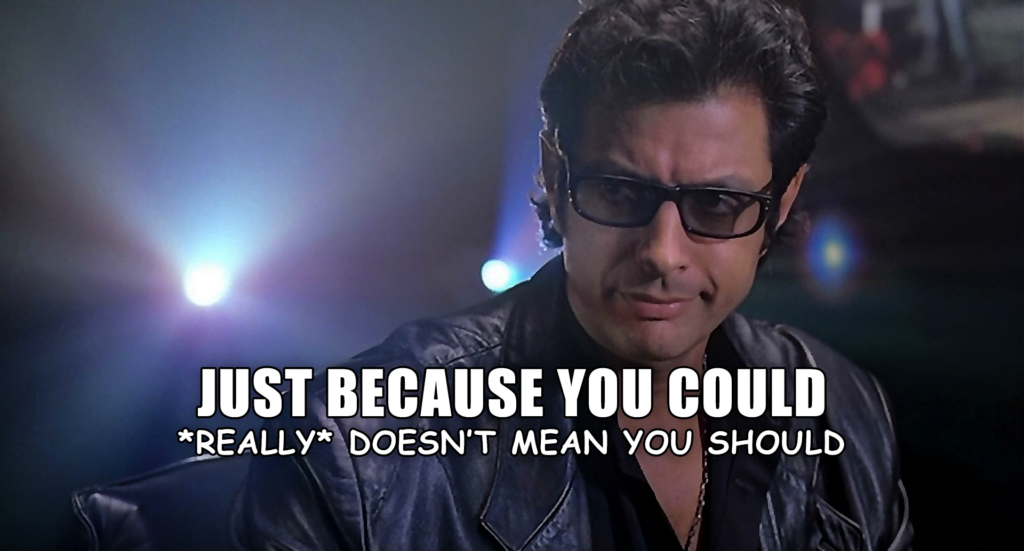
Post-publish edit: I just realized how meta the combination of these fonts and that caption is. Just because one could combine Impact and Comic Sans *really* doesn’t mean one should… but we did it anyway.
But here’s the thing: being feature-locked out of making pop even worse is not why people will stay on their current DVS. Consider that the time between djay introducing instant stems and Serato adopting them is nearly TWO YEARS. When VirtualDJ got their implementation ready in the meantime (which, by the way, I will never stop praising their devs for – they just do things like that), it actually sounded significantly better than djay’s Neural Mix (to my ears). Despite these exciting developments, in the overall landscape of DJ setups… nothing changed.
All Serato users did in response was moan about wanting the same feature in their DVS. They didn’t move an inch. They did, of course, eventually get it – and despite other companies doing the same thing so much earlier, and virtualDJ updating their algorithms to sound dangerously good, Serato is all anyone talked about. Because their carefully-crafted brand image has cultivated a much stronger, more vocal tribe. (this is covered in part 2)
This proves that FOMO just doesn’t work on most people who already have an established workflow. In the time it would take you to switch to a different setup that does a new thing and get muscle-memory-level comfortable with it, your current setup is just gonna get upgraded with the same feature set, and the venn diagram becomes a circle again.
Well, unless you’re on Traktor (alright, maybe I am doing it on purpose). Here’s the NI bit you might have read in a much less civilized form on their forums during the 5 minutes it was up before an overzealous admin streisanded it, about 2 years ago. It actually further serves to prove my point.
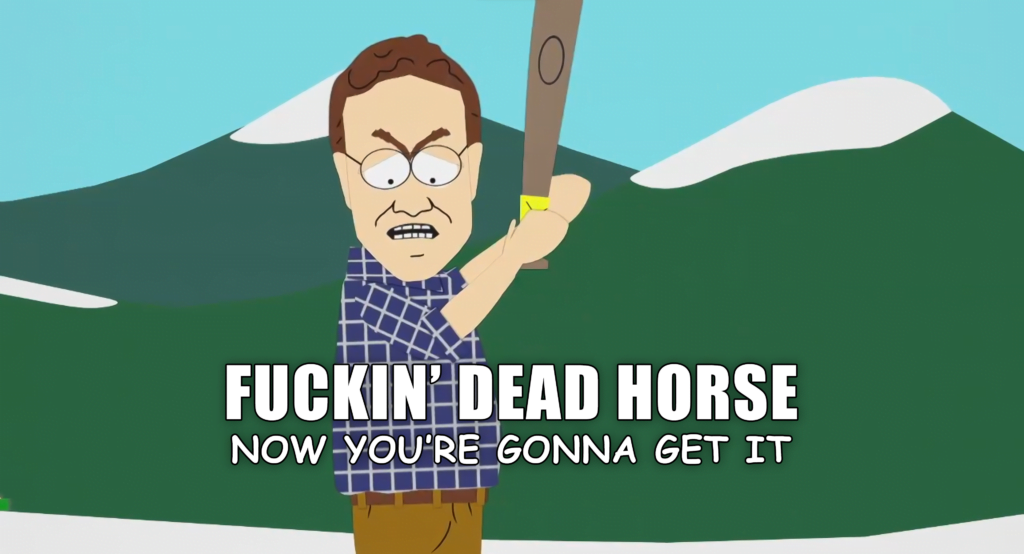
If you’re on Traktor, then you can only wish some sMarT pEoPLe had realized it’s the only brand with hardware that looks like it was made for instant stems, because it was made for stems – only 10 years before we could have them instantly.
They introduced the entire concept of mixing with stems to the industry alongside an open file format (4 stem tracks and a master mix fallback inside an MP4 container) before anyone was ready, with a limited library of tracks and a steep learning curve. Labels – especially major labels that carry all this recognizable stuff you’d want to blend into your oh-so-underground electronica to make it more digestible to Everyday Jane and Joe – didn’t see the massive potential and probably also didn’t want to be inconvenienced with all the legal overhead just for the sake of DJs having fun. Because who cares about fun, and music? Definitely everyone but the music industry – that’s not exactly news.
The Stems format failed because there just wasn’t enough content to play with. The same principle applies to the gaming industry: your platform may have superior technology, but it’s the number of good games that people care about. As is the case with with good games, making your own Stems files was time-consuming and required a fair bit of prior knowledge. You had to know your way around DAWs, and understand production at least a little bit. The payoff would be far superior sound quality to whatever instant stems can deliver. Because regardless of how good these algorithms may get in the future, in the end they still spit out glorified EQ presets, not tailor-made isolated stem tracks.

To this day, the stems feature has a fully-developed GUI that most Traktor users haven’t even seen. But despite being so much further along with the concept, at this point Traktor is the only DVS that doesn’t have instant stems. Which, given how much longer their hardware & software ecosystem has been ready for it than literally all of their competition, is just… bafflingly stupid.
See, the sMarT pEoPLe at NI decided to spend those internal resources to give Traktor a tiny step sequencer instead. You know, for drums. They have a whole dedicated line of hardware and software for making beats that you can sync to Traktor with the push of a button, not to mention Remix Decks already had a step sequencer… but they went ahead with this anyway, while years of stems R&D rot away unused.

And yet – are people dropping Traktor? No. But the more important question is: are people buying Traktor? Fuck no. That being said, it’s not quite as simple as it may seem. See, NI has a history of introducing things that were risky and ahead of their time. Most prominently: the SYNC button, which divided the DJ community forever – but Stems aren’t the only example.
The S8 (did anyone ever actually call it “Kontrol S8″?) boldly dropped jog wheels in favour of touch strips and dedicated controls for Stems and Remix Decks. Attentive readers may point out that the Novation Twitch dropped the jogs first, but in terms of overall impact I would say the S8 took a much more daring step introducing new features in a long-awaited flagship piece of hardware. And we all know it didn’t quite work on a broad scale, but those who fell in love with it were hooked. Heck, I still have a pair of D2s and wish we’d gotten a D3 instead of the X1 emkay3.
Knowing this history, one could say that the “Pattern Player” is another of those bold new things, and concede that they don’t always have to be legit bangers that flip the entire industry on its head. But I won’t say that. To me, it’s an inferior version of countless products (including NI’s own) that have existed for a very long time – which makes it obsolete at launch, and is very unlikely to attract new users. Especially if it’s paywalled behind a subscription. If you ever needed a classic example of the wrong people making executive decisions, this is textbook-level. I’m sure this isn’t something the devs wanted.
Of course, one could also say this is some freaking 4D chess and NI, having learned their lesson from avant-garding the idea and failing, assume that people just won’t use instant stems. And maybe that led them to predicting that streaming services will inhibit that functionality anyway. But I don’t believe that for a second. I think they could have revived the Traktor brand with this, chose not to, and thus pretty much ruined their chances at a glorious comeback.
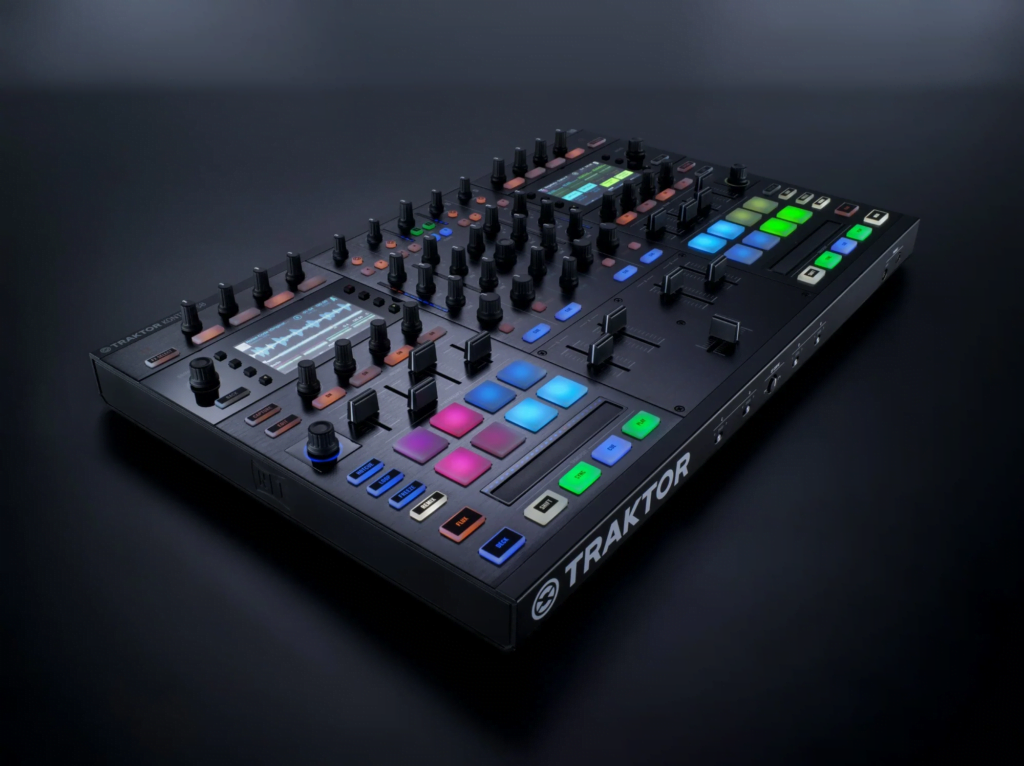
The sad point I don’t quite like making is: you might just as well stay where you are, and hope that whatever you use doesn’t get mismanaged into pieces. And that is what most people will do. No brand can possibly hammer it out of them, regardless of marketing budget. Because convenience will always outweigh curiosity when a lot of effort is involved, and (as established in part 2) changing habits is one of the hardest things for a person to do.
It’s why I’m not gonna switch to djay just because it does a fancy thing with a virtual crossfader. I’m definitely gonna praise them for taking an interesting spin on what Deckadance did (remember?), and after praising them for it… well, of course I will experiment with it in order to better know what I’m talking about. But I’m also on the outer edge of the bell curve when it comes to the curiosity vs. convenience thing. Wherever there is a button, I must push it and see what happens.
Once that experimenting is done however, I’m gonna get right back to Traktor and stay with it – basically until my peripheral controllers die. I’m also not gonna switch to Serato or VirtualDJ because they have similar adaptive EQ presets for poorly isolating vocals or drums. And neither are you, statistically. But once your favourite software can also do that new thing, you’re gonna feel like you’re right there at the cutting edge (urgh, corporate speak physically hurts) and continue your parasocial relationship with that brand, even if you (again, statistically) have no concept of how to actually use the new thing in practice.
THAT ONE BORG QUOTE
In the end, it does indeed seem like marketing any kind of DJ stuff to DJs is mostly a futile effort, and more about user retention than acquisition (I should really say “assimilation”, but we can’t be too on-the-nose with pop culture references – I already did the Matrix, South Park and Star Wars, and I’m not done yet).
It may work on some people who are just starting out, or their parents, and that may generate some sales and subsequent returns as parents are forced to realize their kids know better. So, some sales. One might say: insignificant sales. But overall, it’s just… not very effective.
The market, being itself a relatively tiny niche within the entertainment industry, is already pretty saturated and people don’t often switch platforms – because all aforementioned reasons aside, it’s just too much of a pain in the ass. Which is one reason why Serato’s business model has been so successful.
Within their ecosystem, various hardware manufacturers were competing over who makes the best representation of the software’s feature set. So to them, it didn’t matter who happened to win the hardware war that season, because the user was still DJing using their software in the end – and once on board, that user would most likely stay.
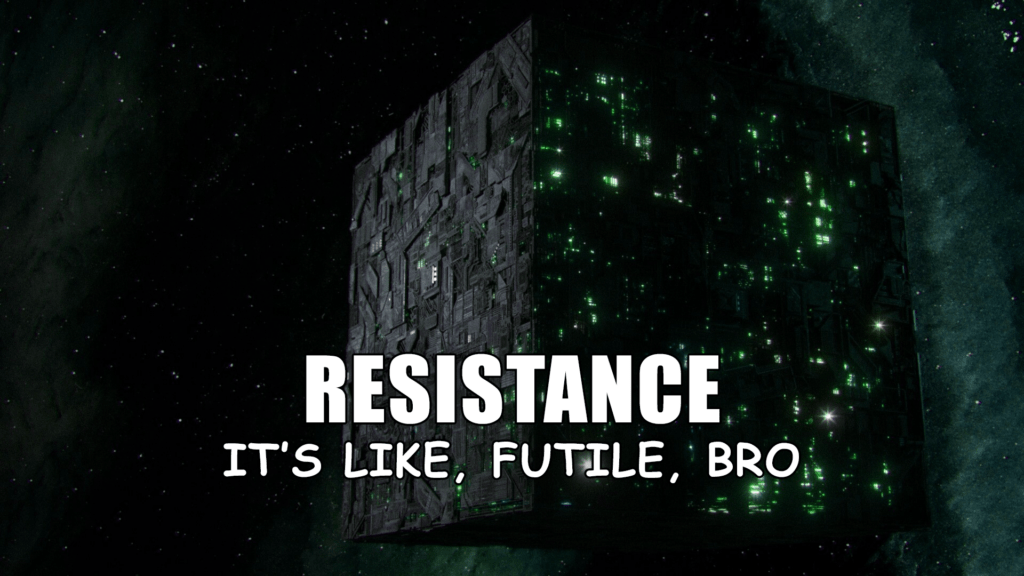
Of course now, that balance of power will inevitably shift a bit due to the acquisition by The Brand Formerly Known as Pioneer DJ, Alpha Theta (BRUH! BRAH! CHESTBUMP! DICKPUNCH!). Serato claims the takeover will not affect existing relationships, but it’s hard to fault their other hardware partners for taking that claim with a big spoonful of salt and developing contingency plans.
As always, only time will tell – but seeing a bit of fear spread through the industry’s ranks is not necessarily a bad thing, even though it may well be unjustified. Remember, whatever Jack O’Donnell desperately communicates through inMusic‘s brand channels should be taken with a desalinated ocean’s worth of salt rather than just a spoonful. I will never stop referencing this famous quote by Roger Linn – that’s really all you need to know. It’s a shame so much raw talent was burned by that company over the years.
Anyway – this momentary upset could be what makes room for other brands to embrace Algoriddim for a hardware partnership and give them a fighting chance with djay. Maybe we’ll see more djay controllers than just the Reloop ones? Or perhaps inMusic decides to finally turn their hardware player OS into a fully-fledged desktop app, where it began? Who knows. Given how many brands they own, they could basically make their own Serato. Just not with blackjack and hookers, but more like with Uno and Chaturbate, because their… well, everything… has never even scratched the surface of Serato’s Rolls-Royce Type Shit™.
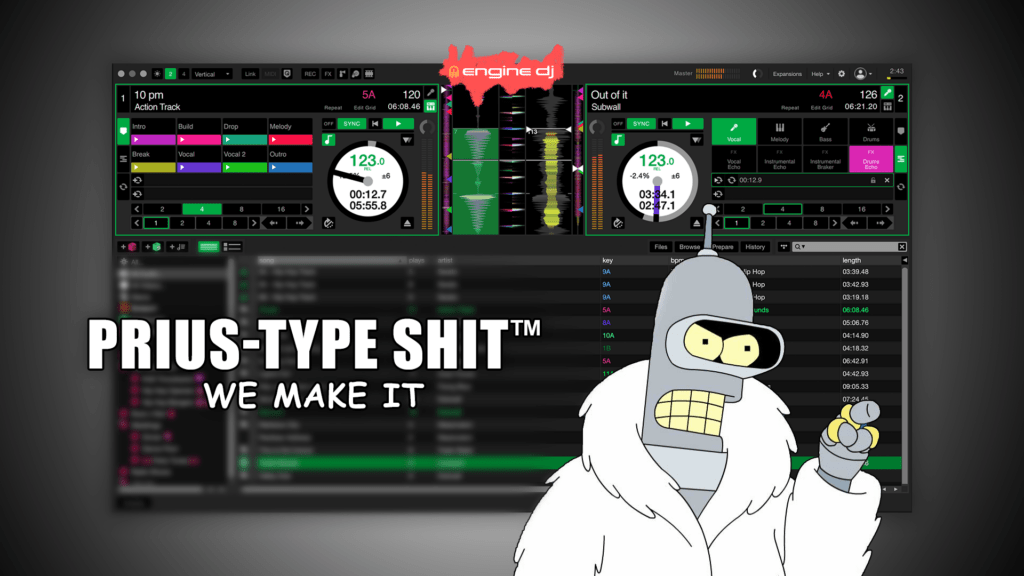
I would say out of all brands, besides NI who have basically lost all love and support from their Traktor user base at this point, Algoriddim is probably going to have the hardest time. They’re just now starting to position themselves away from the image of the bedroom DJ playing automixes for their 3 friends on an iPad towards the aspirational creative performer. At the same time, their marketing efforts revolve around two USPs that cancel each other out: Apple Music streaming and Neural Mix, which as mentioned before won’t work with Apple Music.
Unlike inMusic and NI, they don’t have a cushion of other brands and products to ploof on to keep them afloat as they paddle through Serato’s industry-leading wake. The upside is that they probably also don’t have a million shareholders pushing unreasonable growth targets – but they’re entering a market segment that doesn’t really experience paradigm shifts, or mass user migrations. And you can bet Serato et al (let’s not forget about rekordbox) aren’t going to sleep on further enhancing their existing feature sets around stems.
djay is very fancy – but unproven and, at least right now, hard to commit to even (or especially) if you’re a pro. They even have a version for Apple’s new 3500$ headset, which no one will use. I certainly wish them luck, and hope that this isn’t all just a long game to sell to Apple – because then it will truly have been for nothing. Well, except what is quite likely a good chunk of money, which… OK, fair enough.
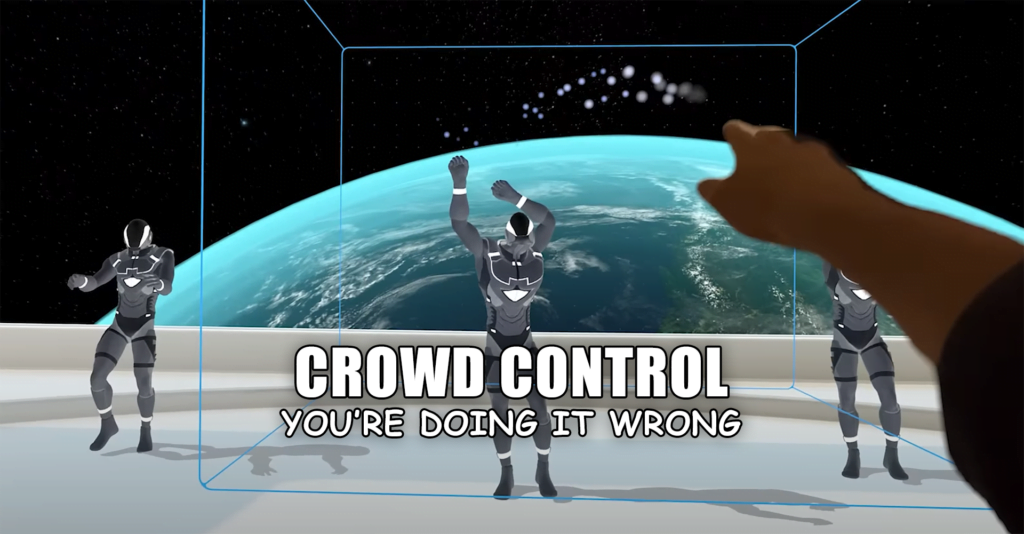
Regardless of how this future unfolds, one thing is certain: whatever the industry unveils next will mean that the revolution is here, the game has been forever changed, and nothing will ever be the same. Of course, you’re still gonna spend most of your time going A-B between 2 decks in the most basic way possible using whatever you’re most comfortable with. Because that’s what DJing is most of the time.
And if you’re good, that’s all you need to… take someone on a journey.
Time to draw a line (he said, literally putting a line in the editor) and let you take over in the comments, or on Reddit (cheers r/DJs!). What do you think?
My perspective on things has evolved over the course of roughly 2 decades as an “industry-adjacent” tech nerd. I’ve played everything from my bedroom to festival stages. I’ve participated in battles, got my ass kicked, eventually won enough titles to realize I never really wanted one, and then stopped. I’ve done contract work for a couple of brands you know, briefly had my own product line and… let’s just say I’ve seen things you people wouldn’t believe. Today I make my own music, generative visuals, interactive projection mappings, and I do event & video production for a living – but DJing is still at the core of everything that makes me happy. Which is why I’m so fiercely protective of it. And like the rest of the Rogues, I love to express that in writing.
Your path has no doubt been different from mine. You got into DJing under different circumstances, you come from a different social background, you live in a different country. You play different music to different crowds, or maybe you prefer doing studio mixes and getting all surgical on it without the mixhibitionist part. Technology and technique may be more or less relevant to the way you express yourself through music. But what we definitely have in common is that we both love (and live) it. So I’m curious: what excites you, what frustrates you? What’s your take on where the industry is headed?
Let me know – and see you in the next one.
